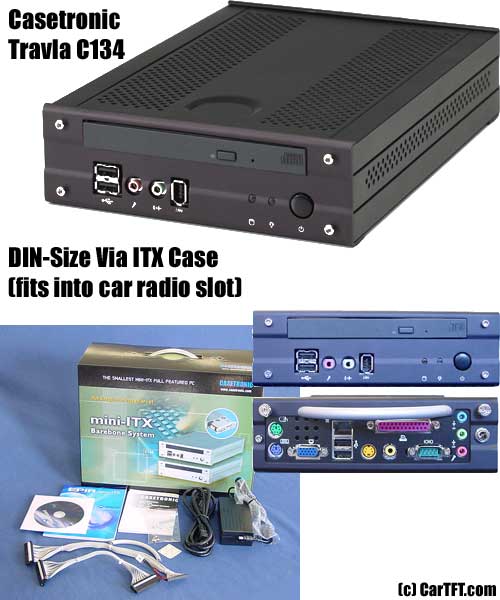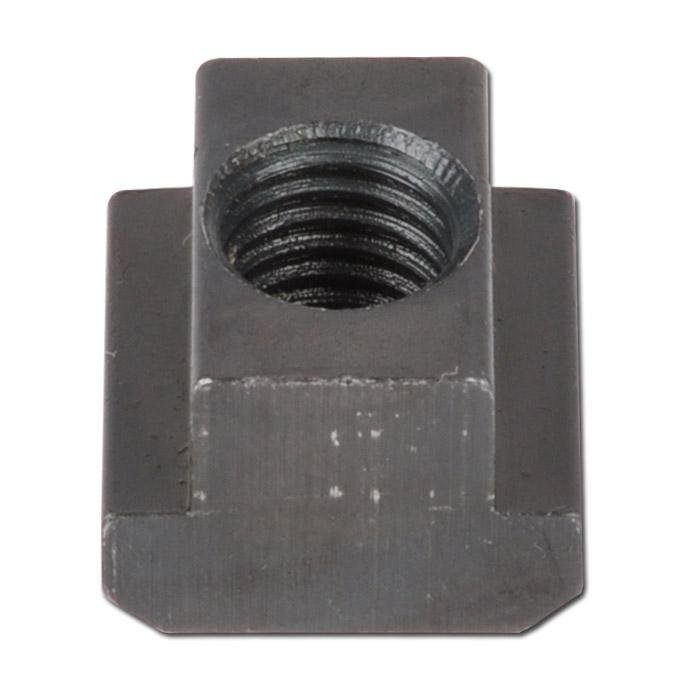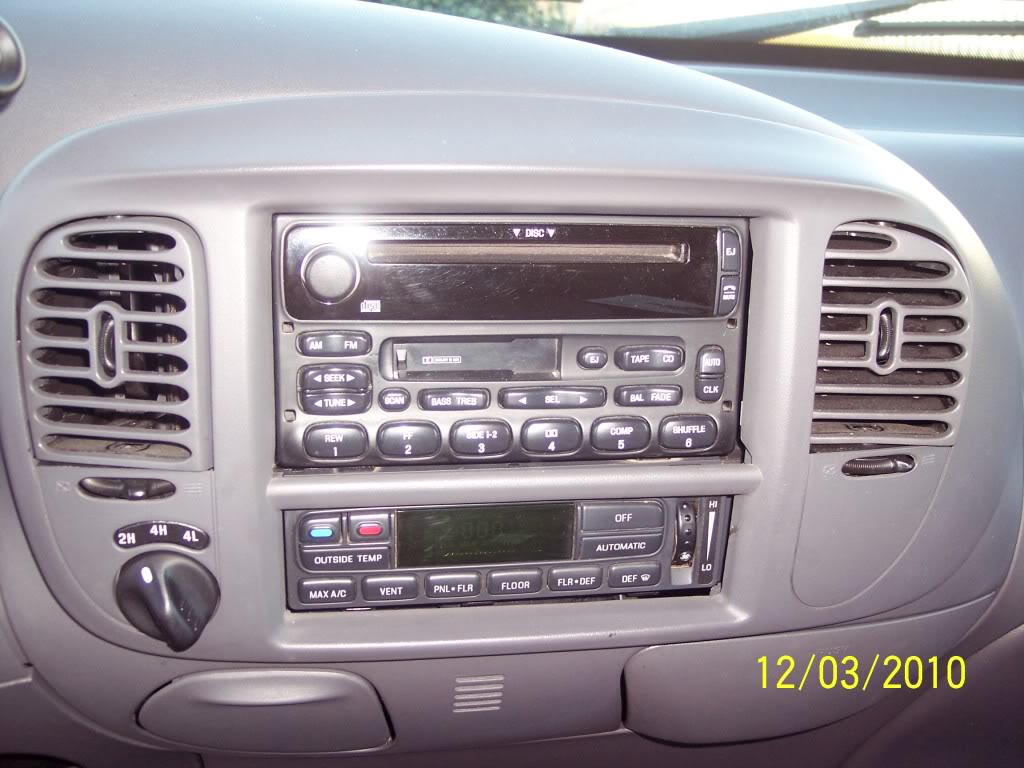Din Slot Size
Single DIN and Double DIN are the two main radio sizes which feature on modern automobiles. They are also popularly written as 1 DIN and 2 DIN. The system was standardized by the German Standards organization Deutsches Institut fur Normung, or DIN for short. Though both systems were popular in the past, in recent years, 2 DIN has far outstripped 1 DIN as the format of choice for car manufacturers. So it can be safely said that one size is indeed superior to the other, barring a few exceptions.

What would you guys do with an extra din slot?, 02:05 PM. Hey all, Recently I purchased an item for my car which allowed me to free up a single din in my. DIN 6885-1:- Key, Hub Keyway, Shaft Keyway Details and Dimensions DIN 6885/1:- Definition Drive Type Fastenings without Taper Action; Parallel Keys, Keyways, Deep Pattern. DIN 6911 Guide Point Chrome Vanadium; Plugs. DIN 906 Hexagon Socket Pipe Plug; DIN 908 Hexagon Socket Screw Plug; Close; Washers. Flat Washers by I.D./O.D. And Thickness; DIN 125 / ISO 7089,7090 Bare Steel/Zinc Plated; DIN 125 / ISO 7089,7090 A2/A4 Stainless Steel; DIN 125 / ISO 7089,7090 Brass; DIN 126 Bare Steel/Hot Dipped. DIN 85 - Slotted pan head screws Current norm: DIN EN ISO 1580 Equivalent norms: ISO 1580; CSN 021137; PN 82219; UNI 6108. Page 1420 Modi˜cation standads DIN 6885 Keyway, key details Extract Page 1 heavy type d b P9 / JS9 Hub keyway b P9 / N9 Shaft keyway h t 1 = d + t 2 t 2 t 3 = d – t 4 t 4 6 2 2 2 7 1 +0,1 4,8 1,2 +0,1.
If your car has 1 DIN slot, you cannot put a 2 DIN deck in it. But conversely, 2 DIN slots are large enough to accommodate 1 DIN decks or head units. So the question of a choice between both sizes only arises if your car has 2 DIN and you want to pick a new head unit. So here are some compelling reasons why 2 DIN head units are better than 1 DIN.
What Will I Learn?
They are Bigger
This is the single and most straightforward answer to the question: what makes 2 DIN different from 1 DIN. Everything else springs from this primary distinction, including both advantages as well as some minor disadvantages. If you stack together two 1 DIN decks, you will get the size of a 2 DIN deck.
The width of the two head units are the same (7 inches), but regarding height 2 DIN is double the size of a 1 DIN deck (4 inches vs. 2 inches). All that extra space can be utilized for including more and more advanced features, many of which cannot be added to 1 DIN, mainly due to the space restrictions.
2 DIN Slot is More Compatible
Due to the size restrictions, the smaller 1 DIN slot cannot accept a 2 DIN deck. If you have a car with such a slot, your only option if you want a 2 DIN head unit is to buy another car that has this slot. But if you have a car with double-DIN, you can put a head unit of your choice. Remember, the slot is big enough to accommodate two single DIN head units.
A bigger screen is easier to see and easier to control while driving.
Double DIN Slot Has More Storage Space

If you choose to install a single DIN in a double DIN slot, you end up losing on a lot of advanced features. But thanks to the extra space on this slot, you do get extra storage space as a saving grace.

2 DIN has easier controls
When you are driving, small buttons on the deck can be incredibly hard to spot and manipulate. In traffic, this can be quite dangerous as well, as you may have to take your eye off the road. On a double DIN unit, the increased space translates into larger and more visible control buttons. They are easy to spot and press, often without even taking your eye off the road.
DVD/CD Players with Digital Display
This used to be a huge advantage that Double Din head units had over Single DIN. We say “used to” because, with the march of time, the CD/DVD players are also heading down the path that was taken by cassette players a few years ago. But while they are still around, this counts as a solid advantage for 2 DIN. The extra space ensures that you get large displays with lots of information and features like equalizers and playlists.
Video Screens With HD
In recent years, this feature has revolutionized the way we use our car head units. Features like rear view camera feeds, which were found only on luxury cars, can now be found on even budget models. All you need to do is buy a head unit with advanced video playback capabilities. These days, the 1080p capability has started to become the norm.
Many head units have features like Apple CarPlay or Android Auto to seamless connect to your phone.
Touchscreens with Smart Features
When thin cell phones have such advanced features, why should modern head units be any different? Thanks to the extra screen real estate available on 2 DIN decks, manufacturers have started including features of advanced touchscreen devices in their modern head units. These models have many features you would expect from an iPhone or an Android device. They include advanced touch screens, powerful processors, apps support for software like CarPlay, GPS and navigation software, and much more.
Advanced Connectivity & Networking’
As a continuation of the last point, modern double DIN head units also sport the ubiquitous internet and WiFi connectivity, along with other wireless technologies like Bluetooth. They also have a wide range of connecting slots like USB and micro-USB, AUX, and SD cards. Along with the internet, these slots provide numerous different ways to play your favorite music when you are driving.
Related Articles from Greatest Speakers:
Last Updated on May 28, 2020
What are DIN rails?
DIN rails are the long metal strips that form the core part of a global industry standard component rail-mounting system in equipment cabinet racks. DIN rails are designed for securely attaching electrical and industrial control products - such as circuit breakers, terminal blocks, power supplies, actuators, solenoids and so on - inside a typical equipment rack housing cabinet or frame.
In this context, ‘DIN’ is an acronym that stands for Deutsche Institut für Normung, which translates into English as ‘German Institute of Standards’. The now-familiar rack-mounting system we see supporting components of all kinds in many industrial settings was first devised by the Germans in the late 1920s. It was more widely adopted and developed into its current form during the 1950s, initially by neighbouring European countries and then quite quickly taken up worldwide.
DIN rails exist purely for the purpose of physical (mechanical) component support, rather than as any sort of connective or conductive element within a wider electrical system. In other words, they are not busbars, although they can perform a grounding busbar role in certain scenarios.
Din Slot Size
The advantages of a DIN rail system for mounting hardware components are numerous:
Din Rail Slot Size
- They save time and work - components simply snap or slide into place on the rail, rather than having to panel mount each individual component separately.
- They save space - DIN rails allow for tight configurations of components and provide a convenient site for bringing internal and external wiring circuits together, ideal in limited space applications
- They’re cost-effective, both in terms of DIN rail pricing itself and the potential it offers for high-density adjacent mounting - this can significantly reduce the overall amount of wiring and cabinet space needed
- They promote neat and well-organised component layout, which is better for all-round safety and maintenance access
- They adhere to universal sizing and mounting protocols - see below
The real beauty of the DIN rail system is that it was designed (and has continually evolved) to work with to a series of universal standard widths and shapes of mounting hardware. The fact that DIN rail systems are today recognised as a range of fixed and consistent standards means that installers can be guaranteed dimensional uniformity across a whole suite of relevant products, regardless of whichever company is handling manufacture or supply of various individual parts.
Din Slot Size Chart
This level of cross-brand compatibility gives users of DIN rail systems the flexibility to mix and match components, without having to stick to a single proprietary model range to get the job done. Proprietary systems do exist, but they’re less widely used for precisely this reason.